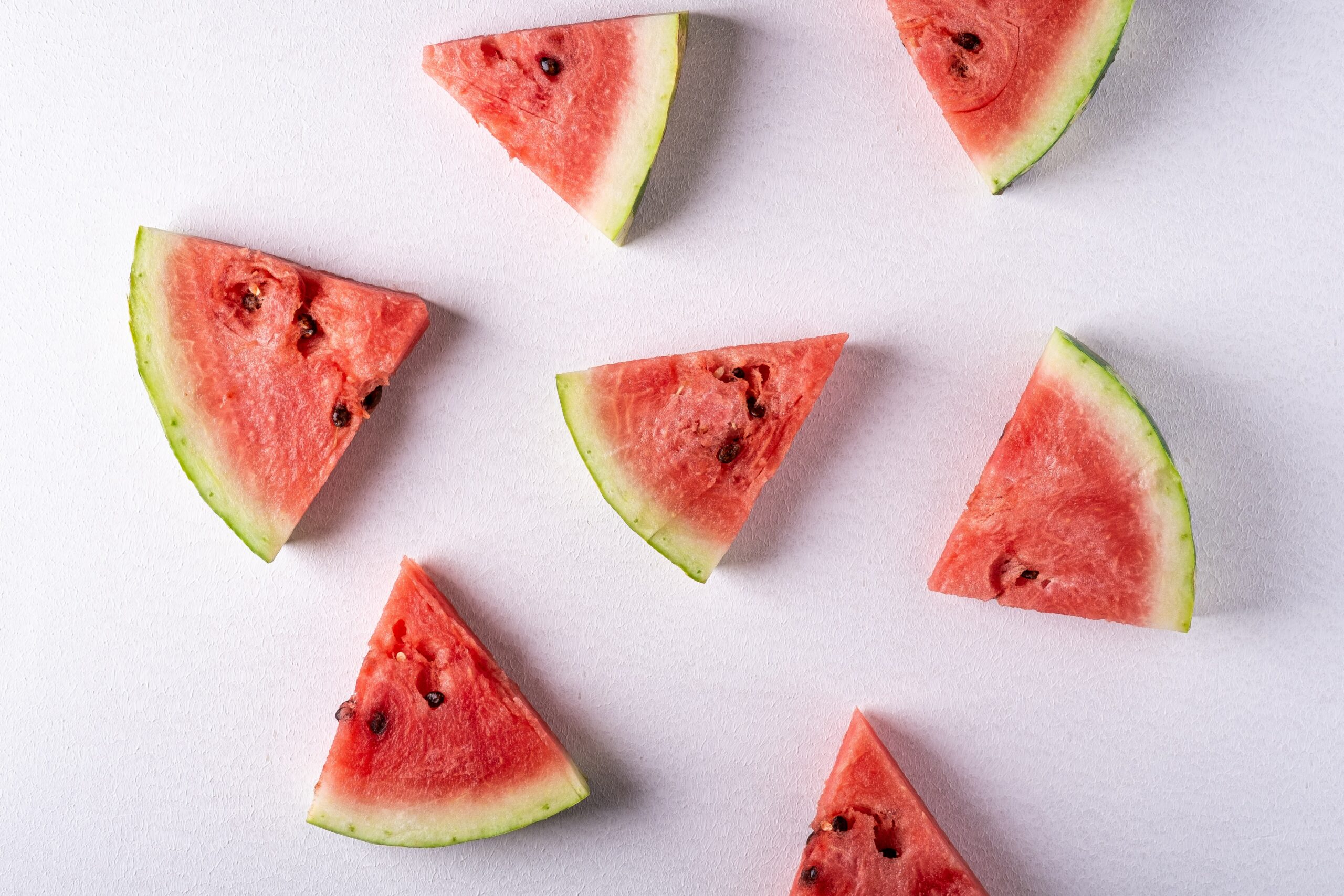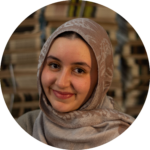The symbols of Palestine
One picture is worth a thousand words.
They say that “one picture is worth a thousand words.” But I contest that, for such a claim fails the power of words—fails their resilience, authority, and threat. Behind every letter stands value in the words of resistance. They are carefully manicured, chosen with meticulous care, designed with the knowledge of their condemnation in a world that favours the oppressor’s lies.
Power lies in the words of liberation fighters. It is the reason behind the slaughter of more than 101 journalists, as of December 27, 2023, and the targeted attacks of more than 160 press headquarters in Gaza. It is the reason for the silence of the presidents of the University of Toronto, who refuse to address a letter to support Palestinian students on their campuses. It is the reason for the censorship assumed by The Medium, of abused authority misused against its pro-Palestinian writers for weeks on end. It is the reason for the weaponization of algorithms by Meta platforms against Palestine.
Silencing the words of resistance has repercussions: it births a symbolic heritage that caters to haunting oppressors long after liberation. With Palestine, censorship brought the rise of symbolic resistance, extending from names and watermelons to the kuffiyeh and tatreez.
Names: Palestinian Cities to Identity Reclamation
Following October 7, 2023, names like Bisan and Plestia consumed the algorithms of Pro-Palestinians. Names of young women journalists covering the genocide unfolding in Gaza; names familiar to us now, but ones fraying beyond Arab traditional naming culture.
Part of the 1948 Zionist project ensured the erasure of Palestinian culture, including the process of Hebraicization of Palestinian-Arab cities. Yaffa was redesigned as “Tel Aviv,” Akka was minutely rearranged as “Akko,” Al-Lydd was renamed as “Lod.” The erasure of Palestinian city names was used to feed into a cultural amnesia of the Palestinian identity and was weaponized to justify the ethnic cleansing of its people.
In response, generations of Palestinians sought to name their children after the effaced Palestinian cities. Some even residing in the names of ancient Palestinian cities like Bisan and Plestia—a measure assumed to ensure the historical validity of their ancestral lands within the history books demanding the fictionality of Palestine. Names, in the face of colonialism, extend beyond mere words and instead form to become echoes of resistance and a reminder of the oppressor’s indignity.
Watermelons: Flags and Protests
After the Six-Day War in 1967, Israel annexed East Jerusalem and seized Gaza and the West Bank. Amongst other actions of suppression and terror, the Palestinian flag was censored, forbidden to be flown, drawn, and represented on its land.
By 1980, the colors of the flag—red, green, black, and white—were criminalized. In an act of defiance, Palestinians displayed sliced watermelons, significant in the historical presence of the fruit in the region, but more importantly, symbolic of the colors of the Palestinian flag.
The ban on Palestine’s flag ended in 1993 at the hands of the Oslo Accords. Yet, the flag continues to pose a threat to the Israeli apartheid system. The flag has been most recently censored on Meta platforms, resulting in the symbolic revival of the watermelon in the process of Palestinian resistance.
Kuffiyeh: the Palestinian Woven Garment
The kuffiyeh is a traditionally white-and-black patterned scarf worn as a headdress in the Middle East. In Palestine, the kuffiyeh is often adorned in symbolic representations of olive leaves, a representation of resilience and indigenous Palestinian agriculture, and fishnet patterns, referencing the Palestinian cultural ties to the Mediterranean and fishing.
In times of resistance, the kuffiyeh evolved as a cultural Arab symbol of solidarity and liberation. The symbolic presence of the garment lingers today, worn amongst university corridors and lecture halls, in weekly demonstrations across the globe, and throughout the streets of our cities.
In the past months, the recognition of the kuffiyeh as a symbol of Palestinian resistance grew in popularity, unfavorably catching the attention of the rising islamophobia and anti-Arab xenophobia in Western countries. In November 2023, a hate-motivated shooting of three Palestinian students, Hisan Awartani, Tahseen Ali, and Kenan Abdulhamid, happened in Vermont, US. Two of the victims adorned the kuffiyeh—a detail that transcends mere coincidence, but rather marks the Western tradition of misrepresenting Arab symbols of resistance.
Tatreez: the Traditions of Palestinian Embroidery
In 2021, UNESCO declared the tatreez, the art of Palestinian traditional embroidery, as a symbol of Intangible Cultural Heritage. Tatreez embroidery is commonly woven on Palestinian women’s traditional dresses, known as thobes, with regionalized and socialized differentiations in thread patterns.
The art of the tatreez soon formed to become a promise of return for Palestinians following the Nakba in 1948. It was a promise of return to the ancestral villages of Palestinian stories, return from the misnamed lands of Palestinian histories, and return to the rightful lands of Palestinian genealogies.
The symbolic resistance of Palestine rests on Palestinian symbols and activists ensuring the failure of censorship assumed by colonialism—an inevitable promise of victory for liberation. Perhaps then, there may be some truth to the saying “one picture is worth a thousand words.”
Associate Opinion Editor (Volume 50) — Yasmine is a third-year student, majoring in History and Anthropology. Her writing is best described as sometimes sarcastic, sometimes radical, and always an excuse to bring up her heritage (and colonialism). She hopes her work with The Medium will inspire conversations, debates, and a path to abandon our deeply rooted stubbornness. In her spare time, Yasmine enjoys reading, knitting, arguing with uncles on politics, and fangirling.


